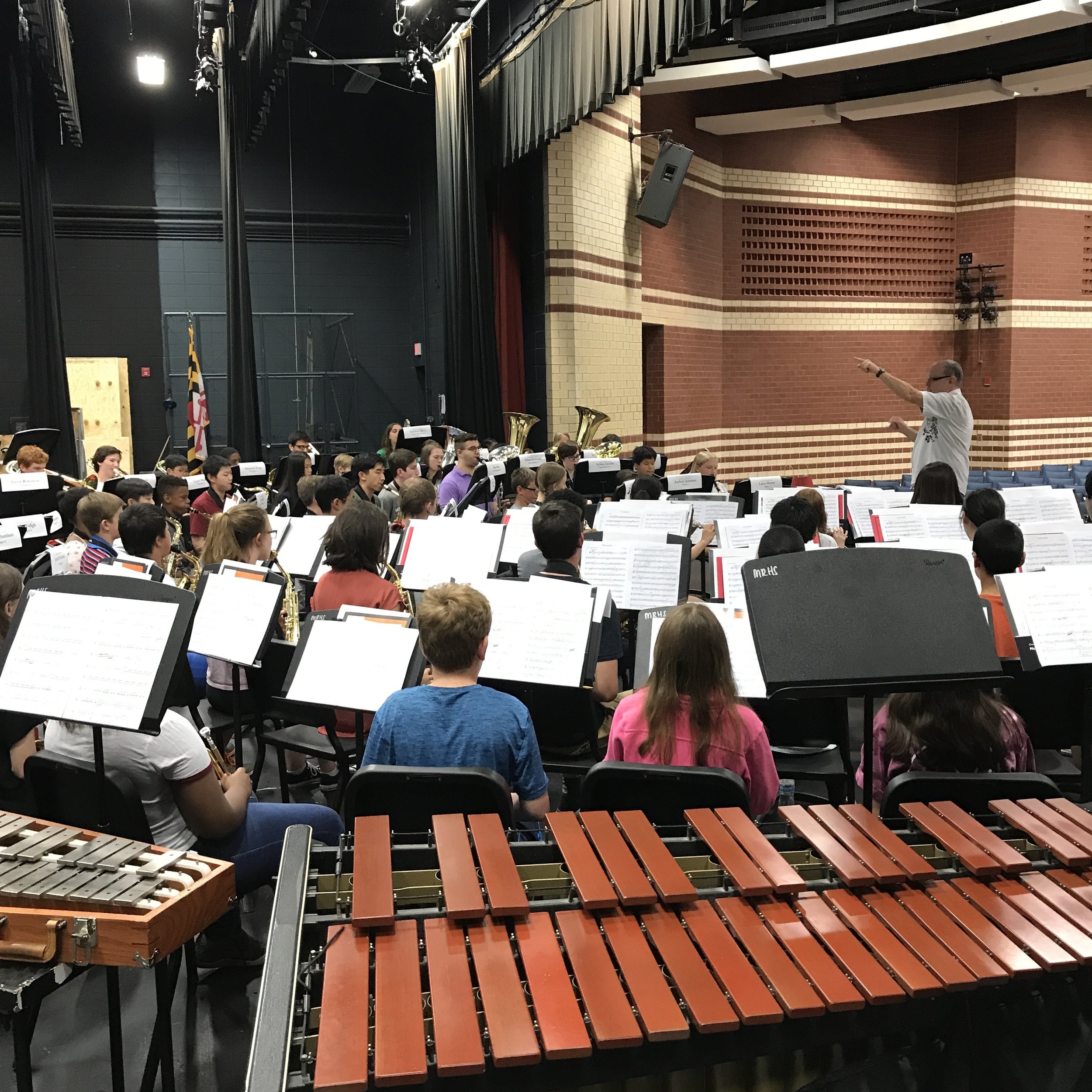Soundtrap Enable Import Export MIDI Music Files:
The MIDI music technology protocol is used worldwide to enable electronic devices -- computers, cellphones, karaoke machines and more -- to generate sounds. The enhanced MIDI support by Soundtrap furthers the creative process by making the multiple tools used to make music interoperable online. This is part of an effort by Soundtrap to broaden its ecosystem of best-of-breed industry solutions so that musicians and music creators have even more flexibility in their music-making efforts. For example, Soundtrap is now interoperable with digital audio workstations (DAWs) through MIDI File Export so users can send all or part of their composition to other solutions such as GarageBand or Pro Tools.
I experimented with Soundtrap with my general music classes last Spring. I was entirely skeptical about the prospect of running a DAW in a web browser but Soundtrap impressed me. It does a great job handling audio and MIDI files in a way that doesn't feel much slower than using a native app like GarageBand. My students loved the collaborative features and we were all left wanting more.
One of my GarageBand assignments in previous years was a MIDI remix, where I put MIDI files for familiar movie and pop songs in a shared folder and encouraged students to remix them, altering the instrument voices, form, and adding loops to transform the style. The fact that I can actually now do this assignment entirely in a web based application through Soundtrap's MIDI import and export is impressive. And this is not even to mention the fact that Soundtrap can perform import and export between other web-only based applications like Noteflight. Very cool. If you have been thinking about checking out Soundtrap for yourself, or for a classroom, I highly encourage it.

